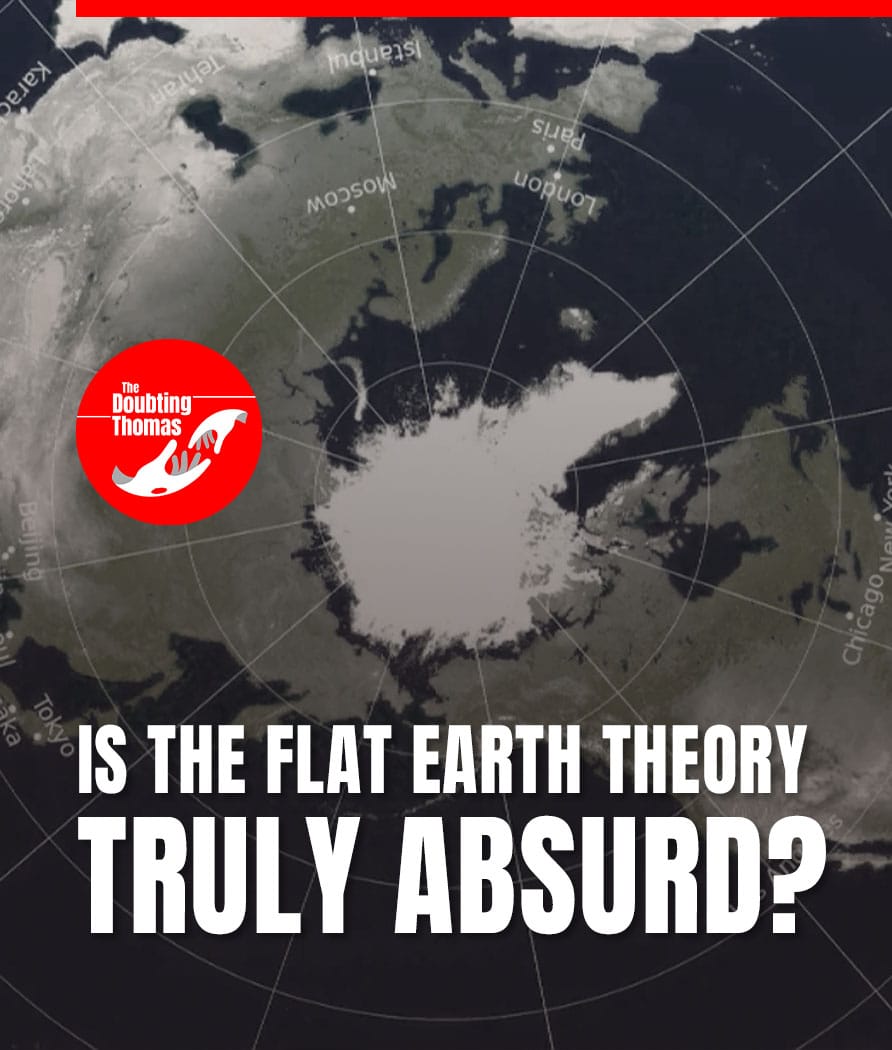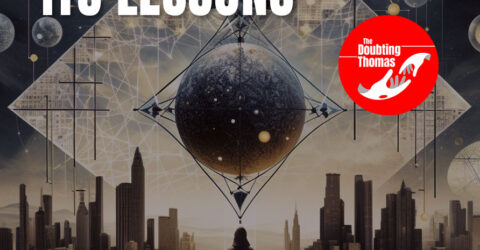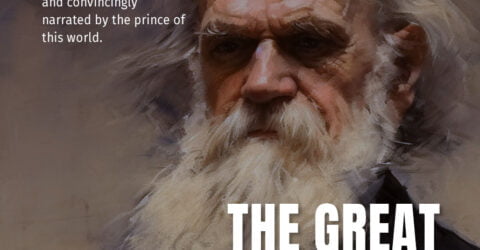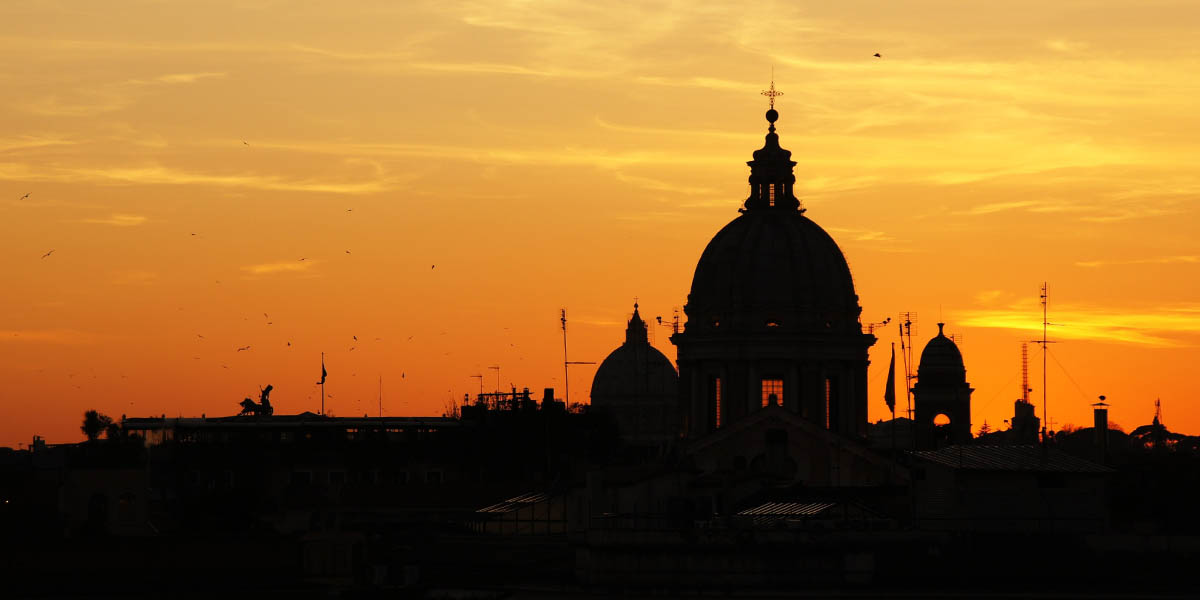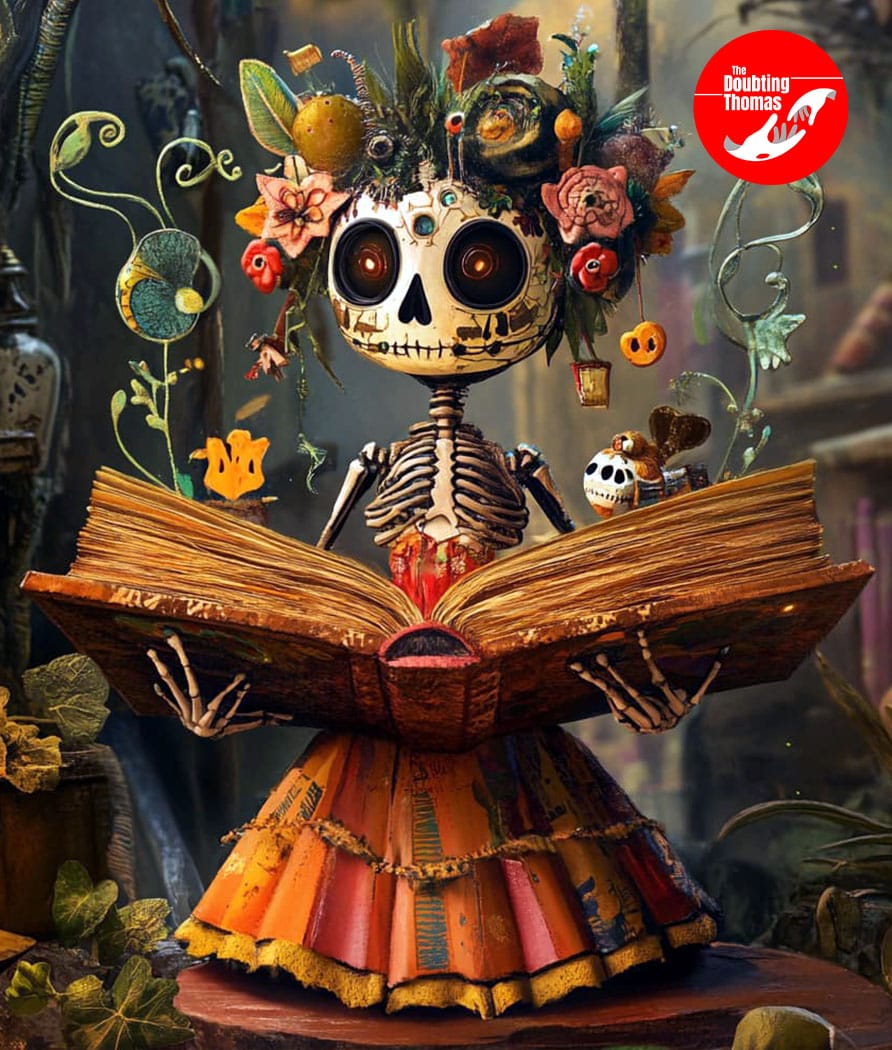
For centuries, scientific materialism creeped in and has influenced our understanding of nature. This belief holds that everything can be explained through material processes, making the invocation of an immaterial, divine being, unnecessary. Charles Darwin captured the imagination of the past centuries by removing the designer from the equation with his theory of evolution, particularly natural selection through random mutation. Though this theory has been the corner stone of biology and has made great progress; it also aligned with the agenda of humanism, which sought to remove God from the picture, appealing to many thinkers across generations.

